|
सर्व मंगलमांगल्ये शिवे सर्वार्थसाधिके शरण्ये त्र्यंबके गौरी नारायणि नमोस्तुते । The Navratri festival is celebrated to mark victory of Good over Evil. It is associated with the prominent battle that took place between Ma Durga and demon Mahishasur. Ma Durga is worshipped as goddess of Shakti to seek her blessings for prosperity, success, power, longevity, healthy life etc. Special sadhna is done to earn divine powers. Devi Ma is the primordial energy for creation, preservation and destruction. Ma Durga and its all forms are equipped with weapons and worship of “Ma” signifies that in case demonic power rises, weapons should be used to destroy the demons. When Celebrated – Navratri is celebrated mostly twice in a year after harvest seasons in many states:
Scientific significance: Navratri has not only religious importance but also spiritual & other significances. Due to rotation of earth, sun crosses the plane of the earth equator in March & September and changes the directions of sun’s rays falling on earth. This phenomenon brings change in the seasons (summer to autumn and winter to spring). The Navratri festival in Chaitra and Ashwin months coincide with these two junctions of seasons. The change of seasons brings climatic changes and changes in energy levels in the human bodies. Further, the climatic changes increase influx of bacteria and other germs. Fasting, Yogic procedures, observance of discipline for nine days, sadhna, japa etc. purify the body-mind and enhances fighting power of the body against the microbial infections. In addition, the celebrations marked by music, dance and drama etc., during Navratri which elevate the positive energy levels among people. Spiritual significance: Traditional worship practices include installing beautiful statues of Mahishasur Mardani, setting up of Kalash, chanting of bells, blowing of conch, and lighting of lamps for nine days uninterruptedly. Special form of Ma Durga murti and various practices of worship have special significance.
Religious Significance: Nav means nine and ratri means night. Hence, Navratri is traditionally being celebrated in night for nine days all over India marked by worship Ma Durga and her various forms. It is unclear how and in which century the festival began. Devi's epithets synonymous with Durga appear in Upanishadic literature, such as Kali in verse 1.2.4 of the Mundaka Upanishad dated to about the 5th century BCE. Surviving manuscripts from the 14th century provide guidelines for Durga puja, while historical records suggest royalty and wealthy families were sponsoring major Durga Puja public festivities since at least the 16th century. The festivities extend beyond goddess Durga. Various other goddesses such as Saraswati, Lakshmi and gods such as Ganesha, Kartikeya, Shiva and Krishna are regionally revered. In Vasanta Navaratri, Ramayana recital is done for nine days followed by Rama Navami to remember the birth of Rama. In Sharadai Navratri, re-enactment of dance drama on life of Rama, based on Sri Ramcharitramanas is staged for nine days followed by Dussehra, where the effigies of Demon Ravana, Kumbhakarna, and Meghanada are burnt to celebrate the victory of good over evil forces. History: Legend has it that the demon king Mahishasura was granted immortality by Lord Brahma, with the condition being that he could only be defeated by a woman. Mahishasura attacked all the three spheres, Trilok, which includes Earth, Heaven and Hell, and nobody could defeat him. Then Brahma ji, Vishnu ji, Shiva ji and other deities combined their powers to create Goddess Durga. During 15-day long battle between Mahishasura and Goddes Durga, the demon king kept changing his form to confuse the goddess. When, Mahishasura turned into a buffalo, Goddess Durga slayed him with her trishul. It was the day of Mahalaya when Mahishasura was killed. Day-wise worship:
Modes of celebrations in various parts of Bharat: The temples are decorated and illuminated during the period. Special puja, havan, arti and kirtans are done. During Durga puja there are performances of music, dance and plays, making the cultural event. Durga Puja or Durgotsav is celebrated pan India.
1 Comment
When Celebrated
Ganesh or Vinayak Chaturthi celebration starts on the fourth day of Hindu calendar month Bhadrapada (August or September). Why Celebrated - Significance Ganesh Chaturthi is celebrated as birthday of revered Ganesha, the god of wisdom & prosperity. It marks new beginning and remover of obstacles. How & Where Celebrated
Celebrated since when When Celebrated –
Krishna Janamashtmi or Gokulashtmi is celebrated on eighth day of Shravan (July – August) during monsoon. Why Celebrated - Significance Birthday of Shree Krishna is celebrated as Krishna Janamashtmi, who is eighth incarnation of Bhagwan Vishnu. It is believed to be born around 5000 years ago in Mathura. How & Where Celebrated When Celebrated – It is celebrated on full moon day in Hindi month called Phalgun (February March). Why Celebrated - Significance
How & Where Celebrated
Celebrated since when When Celebrated –
The festival is celebrated on 14th of January, all over the country with festive fervour. Why Celebrated - Significance
How & Where Celebrated
|
Archives
March 2022
Categories |

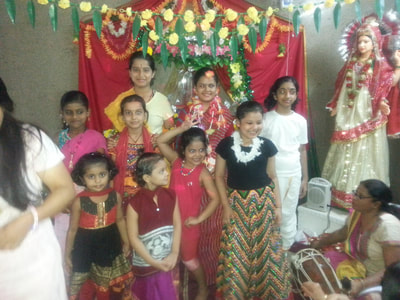
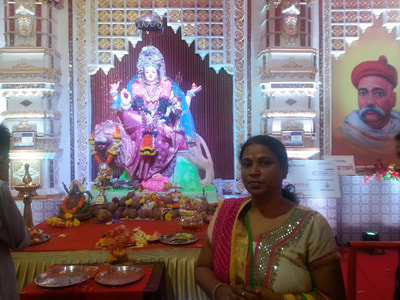
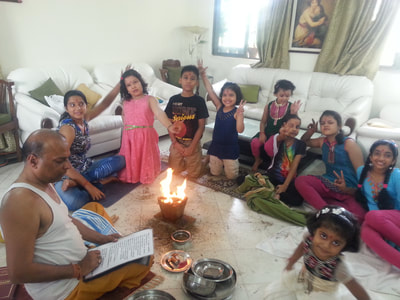
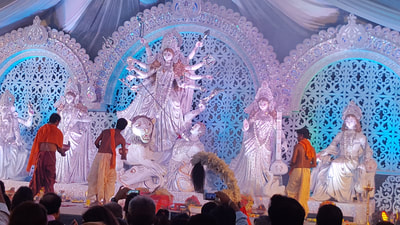
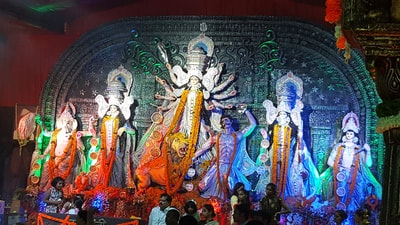
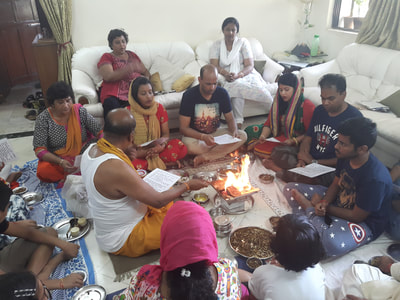
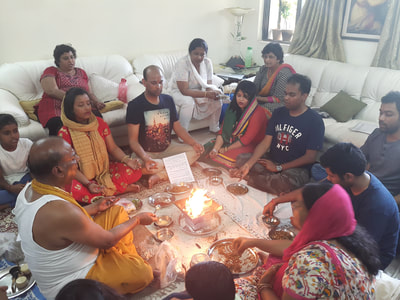
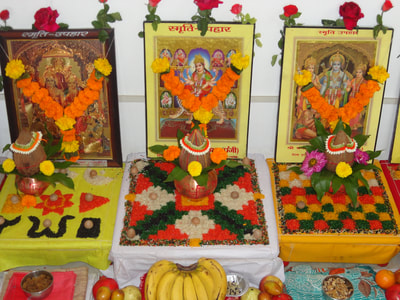
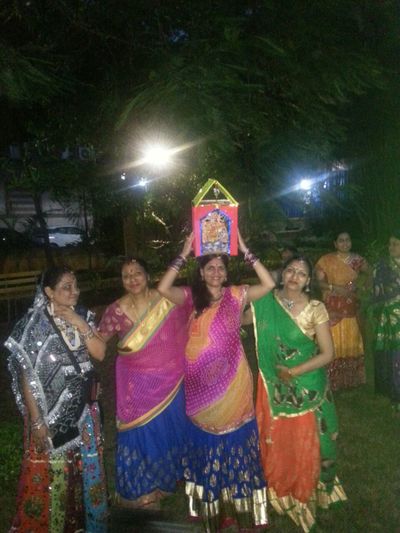
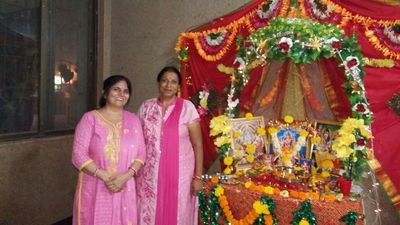
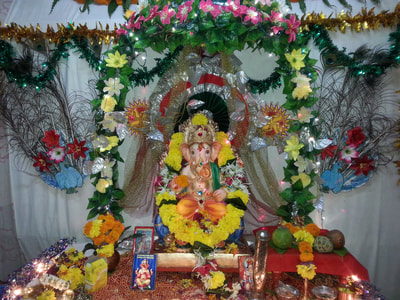
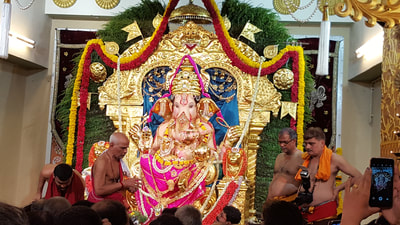
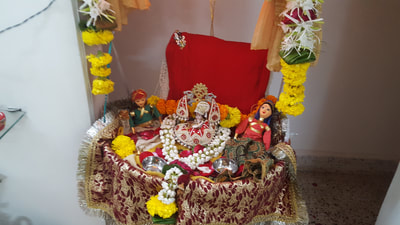
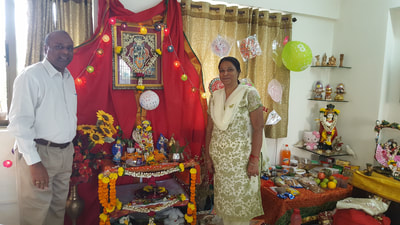
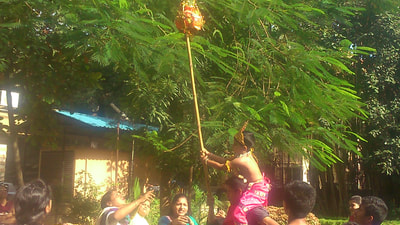
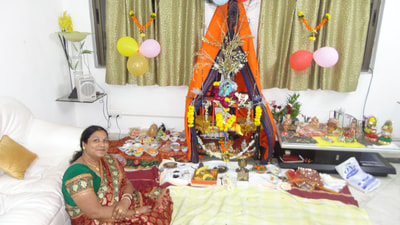
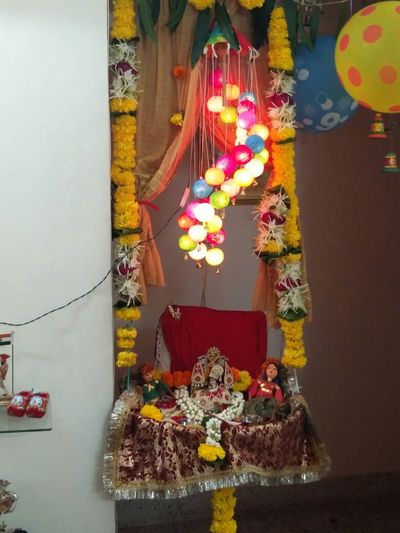
 RSS Feed
RSS Feed